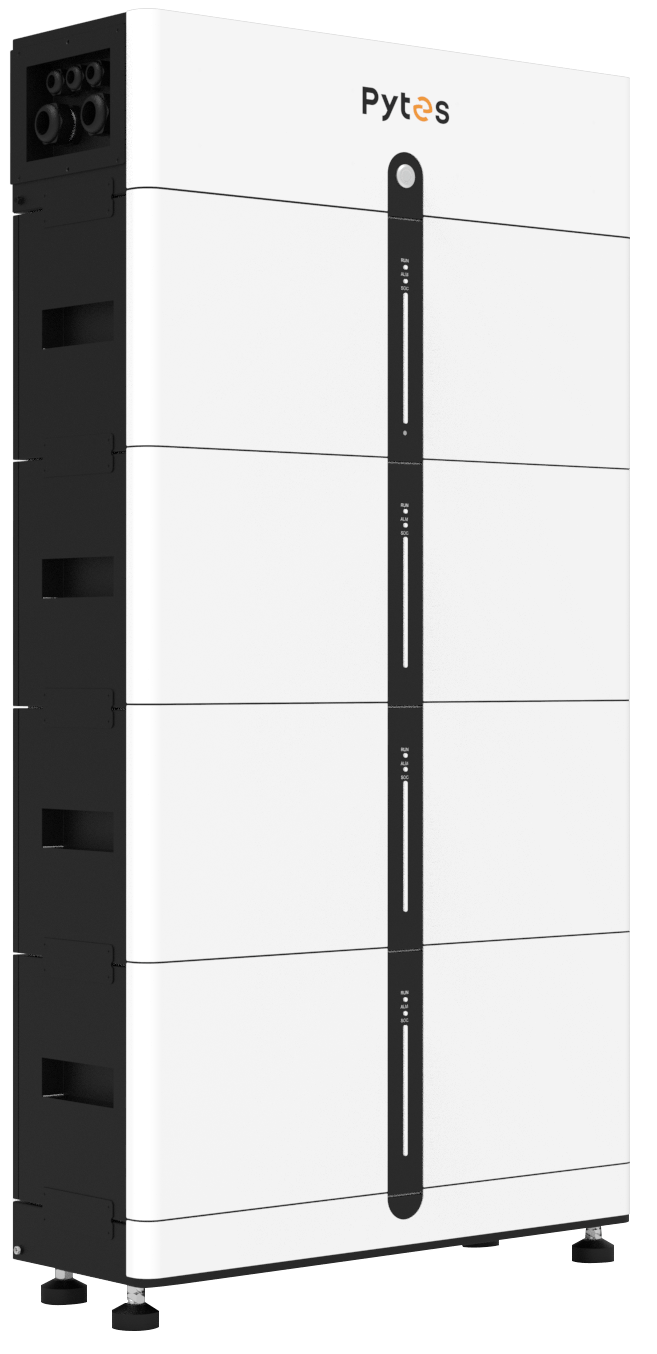
In today's rapidly advancing era of renewable energy and smart grids, battery energy storage systems (BESS) have become an essential bridge connecting energy production and consumption. Pytes Company's Pi LV1, as an efficient energy storage battery, has not only reached new heights in performance but also demonstrated outstanding environmental adaptability. How does the power storage battery maintain its excellent power storage capabilities under extreme ambient temperatures?

When designing the Pi LV1, Pytes Company fully considered the various ambient temperature challenges that the battery may face in actual use. The normal operating temperature range of the battery is set at -10°C to 55°C (14°F to 131°F), which ensures that the Pi LV1 can operate stably under most climatic conditions, whether in the scorching desert or the cold polar regions.
For short-term storage, that is, within one month, the energy storage battery of Pi LV1 can withstand lower temperatures, with a storage temperature range of -20°C to 55°C (-4°F to 122°F). This indicates that even in extremely cold environments, Pi LV1 can maintain its performance without being damaged by the low temperature.
For storage periods of 1 to 3 months, the recommended storage temperature range for Pi LV1 is -10°C to 40°C (14°F to 104°F). This strategy aims to provide the battery with a relatively mild environment to maintain its long-term performance and stability.
For long-term storage of 3 to 12 months, the optimal storage temperature for Pi LV1 is 0°C to 30°C (32°F to 86°F). The setting of this temperature range helps to extend the battery's service life while ensuring that it can quickly return to the best working condition when needed.
These features of Pytes Pi LV1 not only reflect its reliability as a power storage battery but also highlight its key role in the battery energy storage system. Whether in home energy storage, industrial applications, or large-scale grid regulation, Pi LV1 can provide a stable and efficient energy solution.
In addition to its excellent performance and environmental adaptability, Pi LV1 is also a stackable battery. This means that multiple Pi LV1 batteries can be stacked together to form a more powerful and flexible stackable battery system. This stackable feature allows for greater energy storage capacity and easier integration into different applications. Whether it's for a small-scale home energy storage setup or a large-scale industrial system, the stackable battery system of Pi LV1 provides a convenient and efficient solution. It enables seamless scalability and configurability to meet the diverse needs of users. With its stackable design, Pi LV1 further enhances its value and contribution to the field of battery energy storage systems.